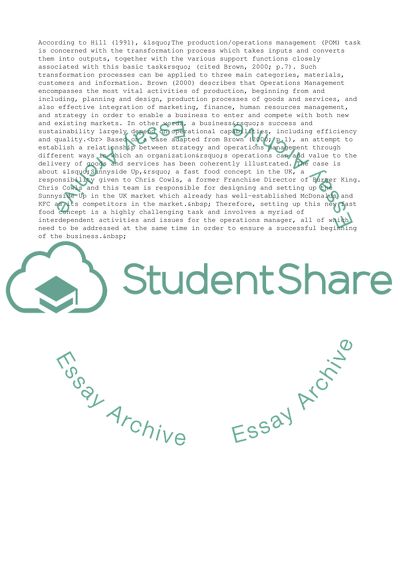Cite this document
(Internal and External Processes of Operations Management in Setting up Assignment, n.d.)
Internal and External Processes of Operations Management in Setting up Assignment. Retrieved from https://studentshare.org/management/1560859-olm-individual-assignment
Internal and External Processes of Operations Management in Setting up Assignment. Retrieved from https://studentshare.org/management/1560859-olm-individual-assignment
(Internal and External Processes of Operations Management in Setting up Assignment)
Internal and External Processes of Operations Management in Setting up Assignment. https://studentshare.org/management/1560859-olm-individual-assignment.
Internal and External Processes of Operations Management in Setting up Assignment. https://studentshare.org/management/1560859-olm-individual-assignment.
“Internal and External Processes of Operations Management in Setting up Assignment”, n.d. https://studentshare.org/management/1560859-olm-individual-assignment.


